With an eye to the May 19 presidential election, Hamid-Reza Baqaie, a probable presidential candidate who happens to be one of former president Mahmoud Ahmadinejad’s close confidants, has promised to raise monthly cash subsidy payment to 2,500,000 rials ($65.7) if he is elected to the office.
As part of the “Subsidy Reform Plan”, the Ahmadinejad administration removed subsidies on food and energy in 2010 and instead paid 455,000 rials ($11.9) to all Iranians on a monthly basis.
The administration of President Hassan Rouhani has retained the plan, albeit reluctantly. After all, an overnight cancellation of the scheme, as many experts have argued, could translate into political suicide as the recipients, mostly ordinary citizens from low income population, have grown accustomed to the monthly stipend over the years.
Nonetheless, the incumbent government has moved to restrict the number of cash subsidy recipients, slowly but steadily.
According to Government Spokesman Mohammad Baqer Nobakht, 4,853,386 people have been removed from the list of cash subsidy recipients as of January 20.
Based on calculations and revenues earned from the removal of subsidies on fuel, cash handouts were initially set to hover around 180,000 rials ($4.7), but the figure was raised to 455,000 rials ($11.9) to serve the populist objectives of the former president, regardless of the economic burden the move would impose on the government.
Since the very first year of the implementation of the plan, around 280 trillion rials ($7.36 billion) in cash payments have been made out of the rise in the prices of fuel and the rest, around 110 trillion rials ($2.89 billion), were paid from the country’s budget outlay, economist Hossein Abdoh-Tabrizi told the Persian daily Iran.Some 72 monthly payments have been made to people as of this writing and 2,400 trillion rials ($63.15 billion) have been earmarked for cash payments, which make up 21% of the country’s total liquidity.
Data show that the cash payments have outweighed the resources allocated for the country’s development projects.
Two Options
Those who promise cash payment increases have two options ahead, if they win the election. They should either reduce the budget deficit through borrowing and quantitative easing (printing fiat money), the same measure employed by the former government that resulted in inflation rates of over 40% at times, or raise energy prices instead.
According to the Budget Law of the new Iranian year (started March 21), total revenues of Subsidy Reform Plan have been set at 480 trillion rials ($12.63 billion). To quadruple the subsidy handouts (as promised by Baqaie), revenues must increase to 1,920 trillion rials ($50.52 billion), which require multiplying the prices of gasoline, natural gas, electricity and water.
In fact, these two options would cause nothing but a huge financial loss for the people. The first solution will push up inflation and hit the country’s currency value as well as peoples’ purchasing power. The second way, i.e. a rise in prices, would move money from one pocket to another.
Nevertheless, the execution of both plans is difficult, if not impossible.
To triple or quadruple the cash payment, the government would have to overreach its constitutional power. The former government was capable of borrowing because the budget deficit was small.
In addition, the parliament, which is in charge of setting Iran’s annual budget, keeps careful supervision over subsidies’ budget and spending, and won’t permit multiple rises in revenues or spending.
“Regarding the potential of Iran’s economy, I wonder why such pledges are made,” says Central Bank of Iran’s Governor Valiollah Seif, adding that in theory it is possible to deliver on such promises, but it would play havoc with monetary and fiscal structures and run up a massive inflation. “That won’t do good for the people in the long run,” he said.
Minister of Cooperatives, Labor and Social welfare Ali Rabiei also believes that the $66 cash handout won’t bring prosperity for the people. “This is the biggest lie to the poor. What is rewarding is to create decent jobs for families and not playing games with people’s needs or giving them momentary satisfaction,” he added.
In fact, the findings of different studies show the flawed implementation of Subsidy Reform Plan has brought nothing but inflation for the people and an economic burden for the government.
According to a report by the Majlis Research Center, economic welfare indices, including the ownership of durable goods, have declined in the final years of the seven-year period the subsidy plan has been in effect, i.e. between the Iranian years of 1386 (March 2007-8) and 1393 (March 2014-15). Iranian households used 30% less durable goods in 1391 (March 2012-13) compared to 1386, the study reads.
The share of “Food and Beverages Group” in household expenditure rose to 33% in 1391 from 28% in 1386 whereas the consumption of items included in this group shows a decline. In other words, the prices of food saw a 130% rise and their consumption marked a 20% decline




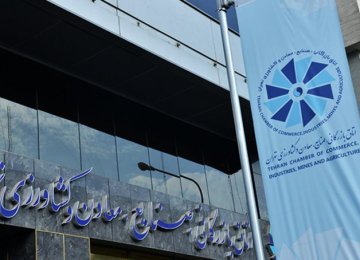
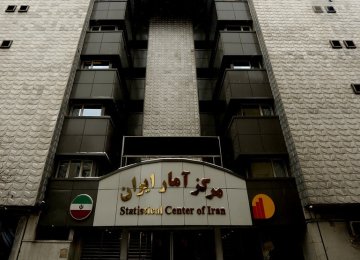
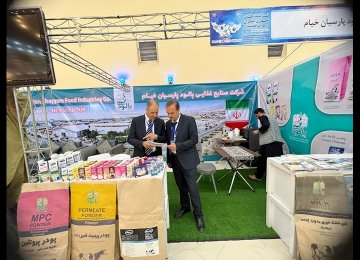
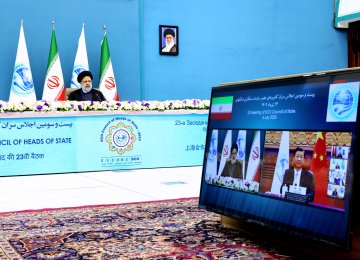
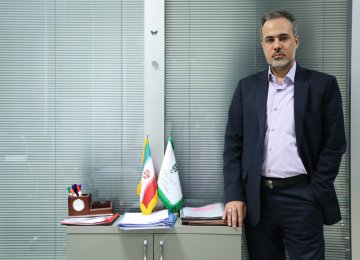
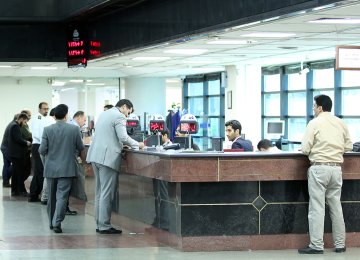
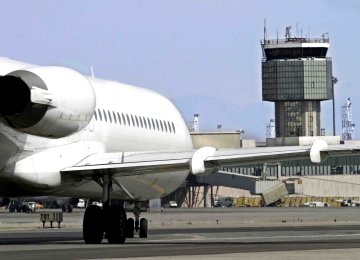


Add new comment
Read our comment policy before posting your viewpoints